|
SEARCH My Blog (Opens in new tab)
You may have seen warnings about the health dangers of sitting for prolonged periods. There is now clear evidence that prolonged sitting is adversely associated with health outcomes, including cardio-metabolic, type 2 diabetes and premature mortality. A recent study of 149,077 Australian adults who were followed for nine years found that the more time participants spent sedentary, the greater their risk of death. For example, among adults that reported no regular exercise, those who spent eight or more hours a day sitting had 52% greater risk of death. What is more frightening is that researchers have also claimed that prolonged sitting negates the health benefits from exercise even among very active individuals. Sitting too long can kill you, even if you exercise - perhaps See: Yes, sitting too long can kill you even if you exercise [CNN] and, People who sat for long periods and took fewer than 4,000 steps a day developed metabolic problems, even if they exercised [NYT] I've been chained to a desk for decades, and glues to a screen. It's not unusual to find 3 or 4 hours have passed by and I have not moved. I'm sure you’re the same. It's not just the creeping long-term negative health outcomes that prolonged sitting causes. It also accelerates the effects of age-related degeneration of your spine. This causes aches and pains in daily life before the other insidious effects start to surface. Here are 4 vital exercises which will reduce the rate of degeneration, and also help reduce the overall adverse health outcomes. Do these exercises, at your desk, without fearOver the years I have made various attempts to stand up from my work regularly, and to move around. It's not always worked. Sometimes I've made the "walk about" too complex. Sometimes it has been a little embarrassing to do the exercises. It's not always appropriate to lie on the floor and stretch (with cat / camel stretches for example). For some years I used to head out of the office and take a quick walk around the block. That's not always possible - depending where you work. Now, I set a timer for every 25 minutes (I use the FocusMe Chrome browser extension), and I do these three simple exercises using my chair. You can face the chair so you maintain your privacy, and also not move too far from the desk. These exercises will awaken and stimulate the muscles, joints, connective tissue and nervous system associated with your lower back, reset it, and relieve discomfort. Use your chair and stay in your own space
Next, rotate your shoulders and hands backwards until your palms face outwards and your thumbs point behind you (go further if you can without pain). Retract your shoulder blades while pushing them downwards a little. Think of squeezing a ball between your shoulders mid-way down your back. Arch your back slowly. Stop before you feel any discomfort. Hold for 30 seconds. Breath. Allow your shoulder blades to retract and depress a little further as you breath out. Now you feel betterThat is it. After doing these exercises you should feel a lot better. More relaxed, less discomfort, and your back will be ready for your next 25 minutes in the chair. A very good result for 3 minutes of effort. But I also mentioned the general adverse health outcomes from prolonged sitting, remember? The exercises above are great, but not specifically aimed at that bigger health risk. I suggest that you add this one extra exercise for it's general health benefits. It uses your chair (or if you're fit do without your chair). And, get rid of that after-lunch drowsinessThere are three simple exercises that can help with general fitness, while in the office. But I just recommend one, because if you are like me you won't do the three. You'll feel pressure to get back to work, and end up doing none of them. I'll tell you the three and then detail the one I recommend. Each one targets the large muscle groups of the lower body, which in fact helps regulate glucose and can be used to recover from the dreaded after lunch drowsiness. Slumping at the desk means it's time for exercise! Here are the three: (1) half squats, (2) calf raises (rising up on the toes and back on the heels) and (3) knee lifts, so the thigh is parallel to the ground and, as the foot returns, the buttocks are clenched. But I think doing all those in the office is going to draw a bit of attention, isn't it? Here's what I recommend - just do the squats and use your chair for support and safety. That will be a bit more discreet. Take a seat - several times
That will get your blood flowing and help control your glucose level. Not to mention helping condition your lower body muscles and joints. A little exercise goes a long wayThat's it. Results from this are not measured in days, but in a lifetime. These are "forever exercises". But that said, take a look back in 3 months time, and each 3 months, and compare. I think that you'll be pleasantly surprised. A little exercise actually goes a long way! Here's what I do, a reminder:
What do you do? Have you done these exercises? How did you find them? PS Keep doing them until you don’t need to keep doing them. Then keep doing them. Because if you stop you will only have to start again. PSS There is actually recent good news on the power of exercise to negate the adverse effects of sitting too long. In the Australian study mentioned earlier researchers found that excess risk from sedentary time was eventually eliminated in adults who got five or more hours of exercise a week. Additionally, adults who replaced sitting time with walking or other activities had significant reductions in mortality risk over the nine year study period. That's great news. Let's hope new research continues to back up these findings. Follow me on Quora for more health and fitness tips. If you enjoyed the this article >> Follow me >> Leave a comment >> Share it >> Stay healthy If you have any questions email me and I will answer you quickly as best I can. No content on this site, regardless of date, should ever be used as a substitute for direct medical advice from your doctor or other qualified clinician. Disclaimer.
Latest: get your free customised fitness plan designed uniquely for you.
|
ChoicesSince I was diagnosed at 50 with Type 2 diabetes I've been learning how to do bone-building fitness training which lowers my age. You can too. It's your choice. Walter Categories
All
Archives
May 2023
|
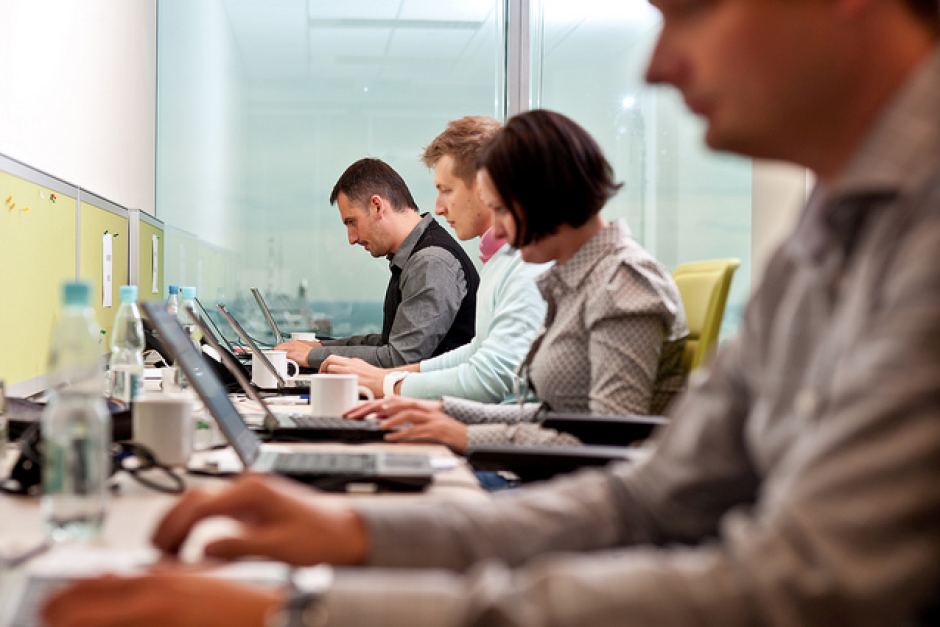
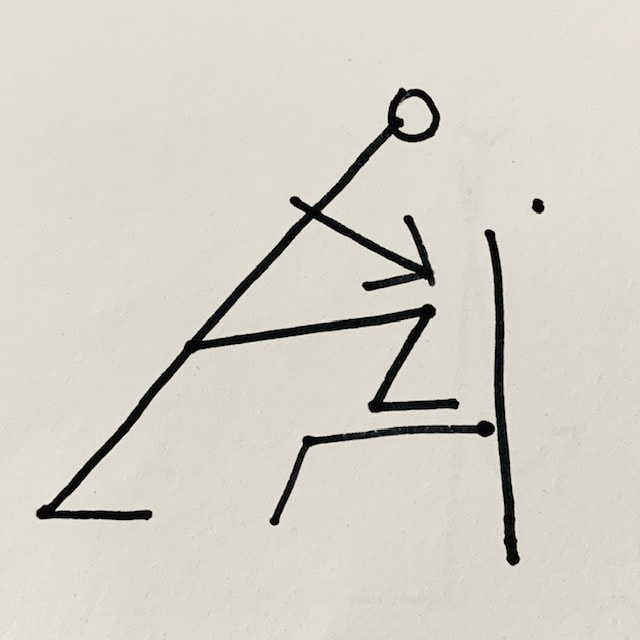
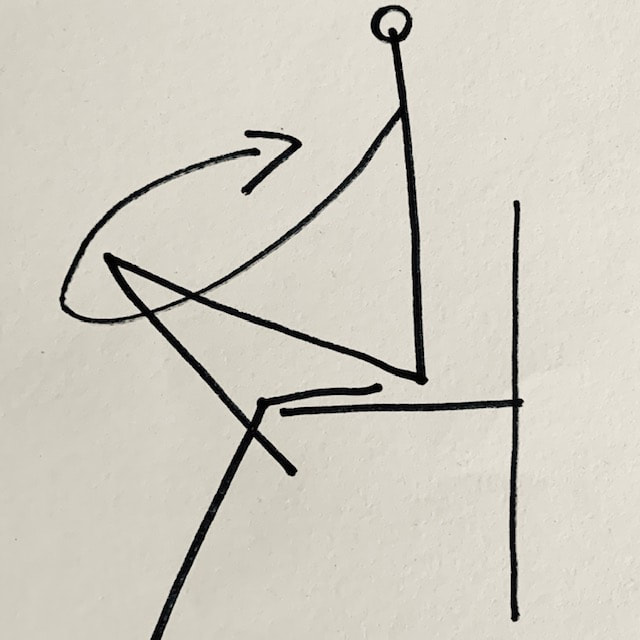
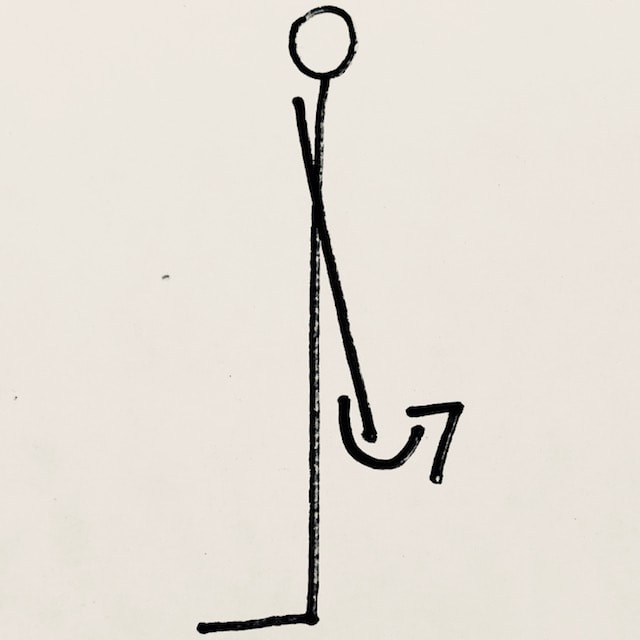
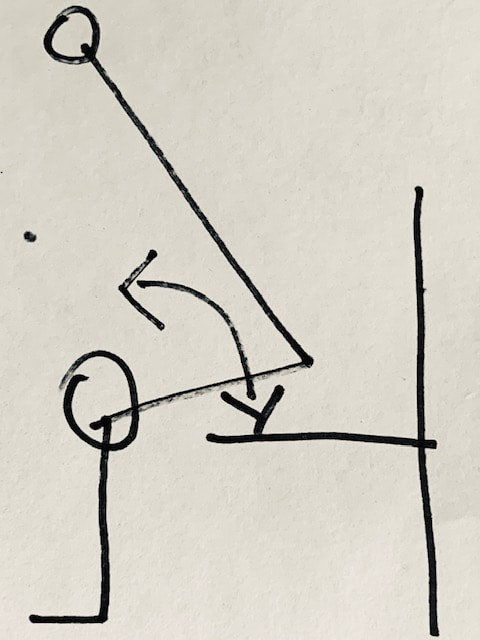
 RSS Feed
RSS Feed



